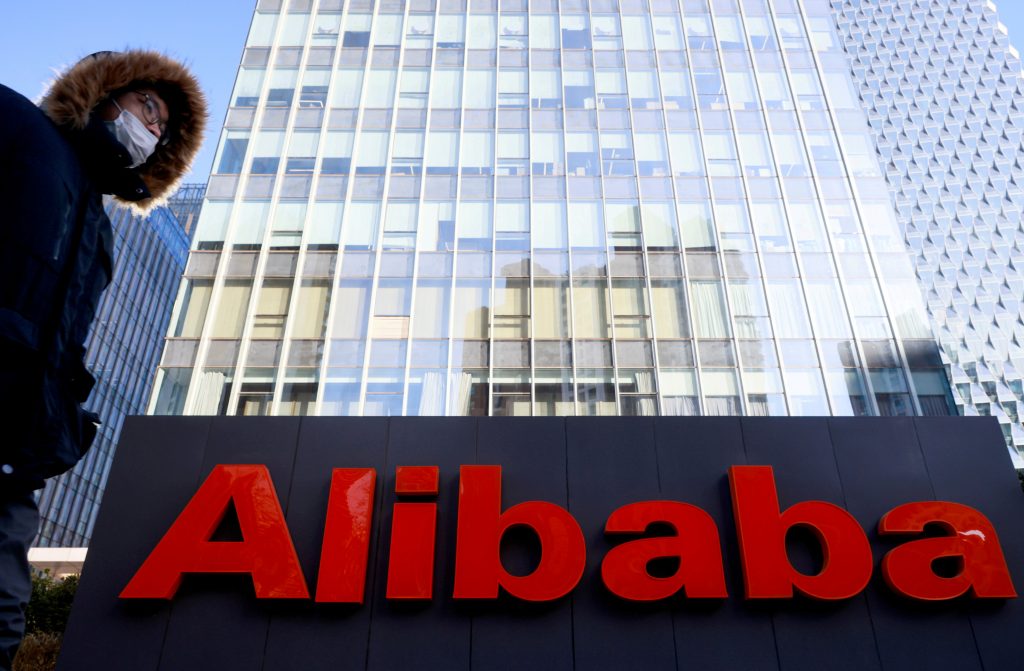Chinese Tech Shares Swing From Boom to Bust
U.S.-listed companies from the Chinese tech sector have seen their shares correct sharply in recent weeks, but that weakness has not spread to the broader market so far.

Chinese stocks have rightfully drawn extra attention in recent weeks, but the reality is that the carnage in China thus far has been limited to mostly the technology sector.
Case in point, the SSE Composite Index in China is down only about 8% from its 52-week high. That doesn’t even technically qualify as a correction—a term that’s usually reserved for pullbacks of 10% or more.
And as compared with other volatile periods in the Chinese stock market during the 21st century, that 8% looks even meeker.
When mainland shares corrected sharply in 2015-2016, the peak-to-trough pullback was approximately 40%. During the 2007-2008 global financial crisis, the SSE Composite lost an astounding 70%.
Even the 2001-2002 market correction in China was far more pronounced than what’s been observed today. Back then, the SSE Composite dropped by about 31%.
This time around, the technology sector has exhibited the greatest degree of weakness, evidenced by a precipitous drop in the technology-focused KraneShares CSI China Internet ETF (KWEB), which has corrected by about 57% from its February peak.
KWEB features some of the best-known companies in the Chinese technology sector, including Alibaba (BABA), Baidu (BIDU), BIlibili (BILI), Meituan (MPNGF), Pinduoduo (PDD) and Tencent (TCEHY).
Weakness in the technology sector has thus far been attributed to a crackdown by Chinese regulators. However, a complete understanding of the Chinese government’s true intentions isn’t yet clear. And given the lack of transparency in Chinese government operations, details may not be forthcoming anytime soon (or ever, for that matter).
Looking back on recent history, the Chinese technology sector seems to have first run afoul of government regulators back in November of 2020. At that time, the Chinese government intervened to block the impending initial public offering (IPO) of Ant Financial, a mega-fintech affiliated with Alibaba.
Back then, reports suggested that Chinese regulators weren’t comfortable with some of the lending practices of Ant Financial and viewed them as a potential risk to the Chinese financial system.
Somewhat unexpectedly, the net cast by Chinese regulators has only widened since that time. Purportedly, the Chinese government is trying to gain more control over the consumer data collected by technology companies—or, at minimum, working to ensure that such data is protected and used in accordance with government guidelines.
That intention became clear when reports circulated earlier this year that indicated the government in China was planning to create a state-backed entity that would partner with technology companies to help govern data storage, use and protection.
While that initiative may be implemented at some point in the foreseeable future, recent developments suggest that the Chinese government is now looking beyond data concerns as it relates to new regulation in the technology sector.
Last week, the educational technology sector (i.e. “edtech sector”) in China experienced a seismic shift when the government announced that Chinese edtech companies could only operate on a “not-for-profit” basis. That announcement catalyzed a cratering in the shares of publicly traded edtech companies.
It’s believed that this change came about (at least in part) due to the skyrocketing cost of raising children in China—a portion of which has undoubtedly been attributable to rising education costs. Last year, demographic data revealed that the Chinese fertility rate had dropped to 1.3%, which is well below the global average of 2.4%.
Considering the huge declines in some of the Chinese edtechs—on top of significant losses already sustained throughout the broader technology sector—global investors and traders are rightfully wary of exposure to China at this time.
Without more visibility into the government’s broader intentions, it’s virtually impossible to predict what might happen next. Will another niche of the technology sector be targeted? Will another sector of the Chinese economy be targeted?
At this point, it’s anyone’s guess.
However, the uncertainty associated with Chinese shares, combined with the big moves being made in such underlyings, does offer a degree of opportunity. But one must also consider the high degree of risk associated with those opportunities.
Unless leaders in China lay out their broader vision in greater detail, it’s easy to imagine a scenario in which the current 8% correction in the SSE Composite could devolve into something more serious.
On the other hand, if the government steps back and gives a sort of “green light” that they are finished with their market disruptions, one could also see how the shares of publicly traded Chinese companies could experience a rapid snap-back reversal.
That means for right now, Chinese shares can almost be viewed as event-driven, with potential binary outcomes—much like biotechnology companies whose fate depends on a single FDA decision. Such positions involve a high degree of risk, and market participants should be cognizant of that before entering them.
For the time being, investors and traders looking to monitor or trade the current situation may want to add the following ETFs to their watchlists:
- Xtrackers Harvest CSI 300 China A-Shares ETF (ASHR)
- KraneShares CSI China Internet ETF (KWEB)
- iShares MSCI China ETF (MCHI)
- iShares China Large-Cap ETF (FXI)
- SPDR S&P China ETF (GXC)
- Invesco China Technology ETF (CQQQ)
- WisdomTree China ex-State-Owned Enterprises Fund (CXSE)
- KraneShares Bosera MSCI China A-Share ETF (KBA)
- Global X MSCI China Consumer Discretionary ETF (CHIQ)
- iShares MSCI China A ETF (CNYA)
To learn more about the recent crackdown on Chinese shares, readers may want to tune into a new episode of Market Measures on the tastytrade financial network.
For updates on everything moving the markets, readers can tune into TASTYTRADE LIVE—weekdays from 7 a.m. to 4 p.m. CST—at their convenience.
Sage Anderson is a pseudonym. He’s an experienced trader of equity derivatives and has managed volatility-based portfolios as a former prop trading firm employee. He’s not an employee of Luckbox, tastytrade or any affiliated companies. Readers can direct questions about this blog or other trading-related subjects, to support@luckboxmagazine.com.



















